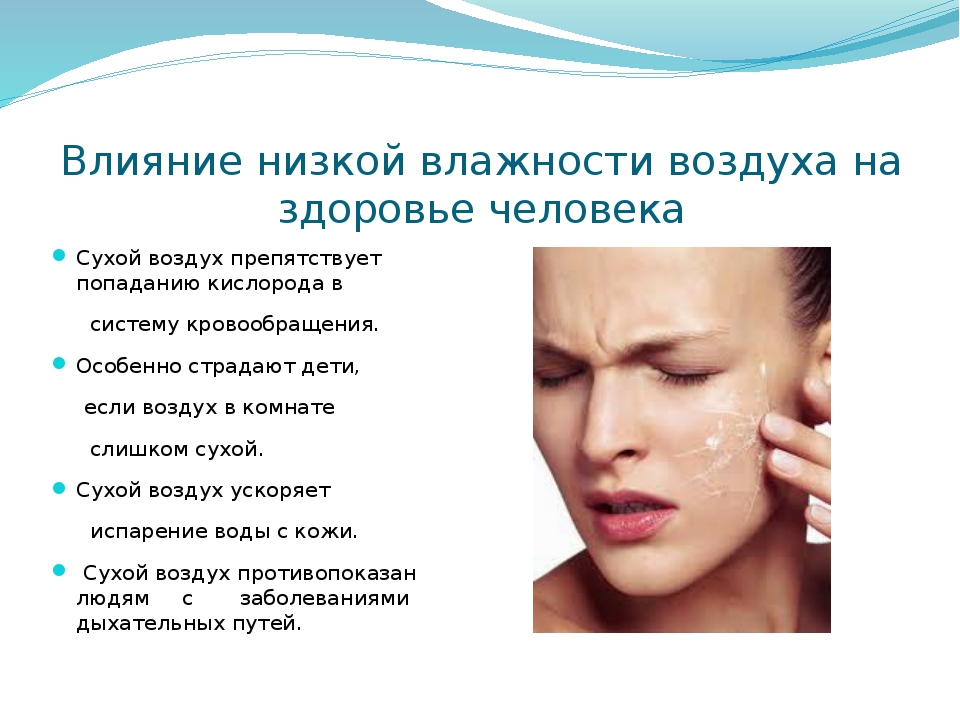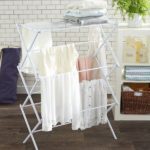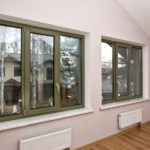Air humidity rate in the apartment
Air humidity in an apartment is an indicator of a healthy microclimate, which determines how comfortable it is to live in a house. Our health directly depends on the level of humidity, negative factors are both too dry and very humid air, so you need to know how to maintain and regulate the optimal balance.

- What is air humidity in an apartment
- What is the optimal air humidity according to GOST
- How is the air humidity in the apartment measured?
- How to create a comfortable microclimate in an apartment
- Ways to lower humidity
- Ways to increase humidity
- What can be the consequences of air imbalance
- VIDEO: How to deal with high humidity in an apartment.
What is air humidity in an apartment
Air conditioning specialists recommend maintaining the relative humidity in the room between 30 and 60 percent, which is considered normal depending on the purpose of the rooms in the house. There are optimal indicators and maximum permissible ones, they directly depend on the time of year: in winter, the normal indicator is 30-45% and permissible up to 60%, in summer 30-60% with an average room temperature of 22-25 degrees, higher indicators become dangerous for the health of residents.

Factors affecting the increase in humidity in the room:
- Poor ventilation. This may be clogging and malfunction of ventilation shafts or improper installation and adjustment of the air conditioner.
- The presence of an aquarium and an abundance of plants. Continuous evaporation of moisture into the air can significantly disrupt the normal microclimate.
- Drying laundry. This is especially true if small children live in the house, when washing becomes a daily routine.
- Location of windows. If the housing is located on the north side of the house, then the lack of sun significantly reduces the average temperature in the apartment, thereby increasing the humidity.
- Number of residents. The ratio of square meters to the number of people living in an apartment directly depends on humidity: we all breathe, take a bath and cook.
- Violation of technology and poor quality materials during construction. The thermal insulation device must comply with the standards, and the materials must be used depending on the region of residence.
Factors affecting the decrease in humidity in the room:
- Central heating. In winter, the batteries dry the air and the higher the temperature of the radiators, the more intensively the humidity decreases.
- A large number of household appliances. During operation, the devices heat up, the radiation of TVs and computer monitors dries the air.

Experts believe that the oversaturation and decrease in moisture in the air equally negatively affects the well-being and health of a person, therefore, constant monitoring and regulation will provide residents with comfort and protect housing.

What is the optimal air humidity according to GOST
The standards strictly define what the normal air humidity in the apartment should be and the permissible limits for different rooms.Standard indicators can vary significantly: in the bathroom and kitchen, living room and children's room, depending on the remoteness of the room from the main source of humidity.

The optimal temperature regime and humidity of living quarters according to GOST is 55% at a temperature of +22 C, but local changes in the bath when taking a shower can reach 100%, in the kitchen during cooking up to 80%, therefore, the builders provide ventilation in these rooms.

Special requirements apply to children's rooms. The child spends most of the time there, and children react especially strongly to the percentage of moisture in the air and the temperature regime.

For the smallest, it is necessary to provide 60-70% humidity at an average temperature of + 25 C in summer and at least 60% in winter. For older children, comfortable humidity is 50-60%.

Too dry air in the nursery increases the risk of dehydration of the baby and the development of diseases of fragile lungs, and too humid provokes the development of colds.
How is the air humidity in the apartment measured?
If the family has more frequent colds or increased allergic reactions, then it is worth measuring the humidity of the air. Experts measure the state of the microclimate using a hydrometer, which will accurately show the percentage. But in our homes, as a rule, there is no such device, you can use a home psychrometer. The percentage of moisture in the air is calculated using the temperature difference between a household thermometer when dry and wrapped in a damp cloth. Different temperature readings are compared with a psychrometric table, which will accurately show the percentage of humidity.

Humidifier manufacturers often provide devices with a built-in hydrometer that automatically determines the percentage of humidity and regulates the microclimate in the house to the proper level.

You can use old proven methods that do not give accurate indicators, but will prompt the need to reduce or increase humidity.

Determination of air humidity without the aid of a device:
- Glass and water. Fill the glass halfway and chill in the refrigerator for 2-3 hours to a temperature of + 3-5 degrees. After cooling, place it in the middle of the room, condensation forms on the walls, by the behavior of which you can judge the state of the air. If drops form on the walls and roll down, then you should think about reducing the humidity in the room, if the condensate dries out, about increasing it. The norm when the condensate stays on the walls unchanged for 10 minutes.
- Spruce cone. Go for a walk in the park and bring home a pine cone that will tell you how comfortable living in the house is. The changes are especially noticeable in winter. Put the cone in a room, away from heating appliances, if the scales remain unchanged or are tightly pressed against each other, then the humidity in the room must be reduced, and if they open up, then the air needs humidification.
- The condition of indoor plants.Dull and twisted leaves and the constant need for watering indicate dry air, and the appearance of a musty smell from the ground and mold is a sure sign of high humidity in the room.

When applying these methods, one can draw a conclusion and begin to take measures to improve the microclimate in the apartment.
How to create a comfortable microclimate in an apartment
The microclimate in the house depends on many cumulative factors that determine how comfortable the dwelling is - the possibility of air exchange in the room, cleanliness, humidity and air temperature, lack of noise and high-quality thermal insulation.

Ventilation, air conditioning and regular ventilation of the room will help to create the ideal level of air indicators. Air purity depends on the regularity of wet cleaning in the apartment. Temperature, from the quality of wall insulation and the correct installation of windows and doors. In winter, heating radiators play an important role, it is desirable that they be equipped with temperature controls. Sound insulation, from insulation materials and wall decoration, when performing repairs, it is better to give preference to finishes with high sound insulation rates.

Ways to lower humidity
The increased moisture content leads to the formation of mold and mildew on furniture and walls, the air in the house becomes heavy and musty, and the bed linen in bedrooms is constantly damp.

Simple ways to reduce the humidity in the apartment:
- Installing additional heaters while airing the room will remove excess moisture, but this method incurs additional energy costs.
- Replacing windows will help to solve the problem, low-quality double-glazed windows often "cry", which significantly increases the amount of moisture in the room.
- Removing heavy curtains from the window to ensure good air circulation in the room.
- The use of natural materials in the decoration will significantly improve the microclimate in the house.

Ways to increase humidity
Lack of moisture is harmful not only to humans, but also to furniture, houseplants and pets; children are especially sensitive to dry air.

There are several ways to naturally humidify the air:
- After taking water treatments, leave the bathroom door open.
- Drying clothes next to a radiator or hang a wet towel over the radiator.
- Boil water in a large saucepan and leave on the stove with the lid open.
- Place the cans of water on the windowsill.
- Increase the number of indoor plants, buy a small fountain, or place an aquarium in your home.
- Constant ventilation and wet cleaning in the room.

All of these methods will help restore and balance the water balance in the air.
What can be the consequences of air imbalance
The consequences can be many, first of all, it is a weakening of the immune system, which is fraught with the occurrence of complications with a common cold and leading to various chronic diseases of the respiratory tract.

With high humidity and high temperatures in the summer, people feel weakness, increased heart rate and body temperature, which leads to diseases of the heart and blood vessels. Low temperatures provoke hypothermia of the body, which leads to colds.

With low air humidity, dry skin, mucous membranes of the eyes, nose and throat appear and the likelihood of developing allergic reactions and asthma increases.

Constant control over the microclimate in the apartment using simple and effective methods will help maintain the health of the whole family and create a comfortable atmosphere in the house.
VIDEO: How to deal with high humidity in an apartment.









